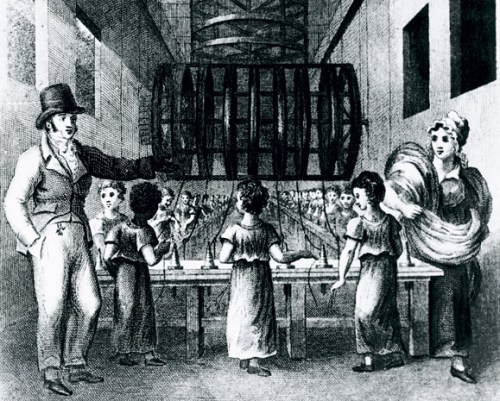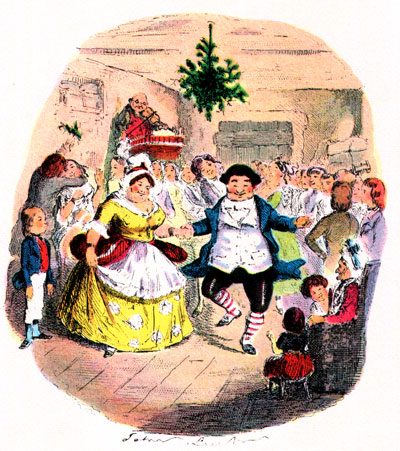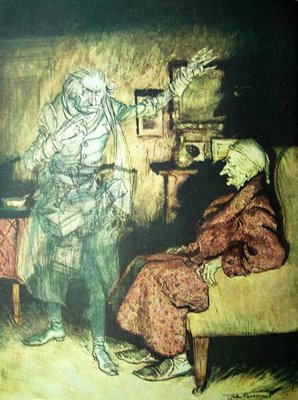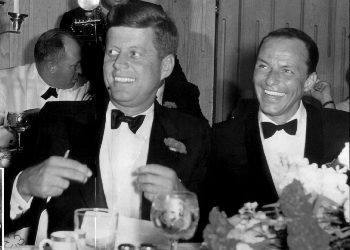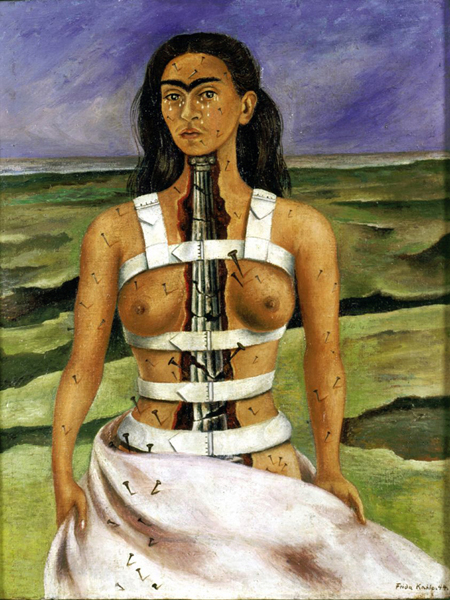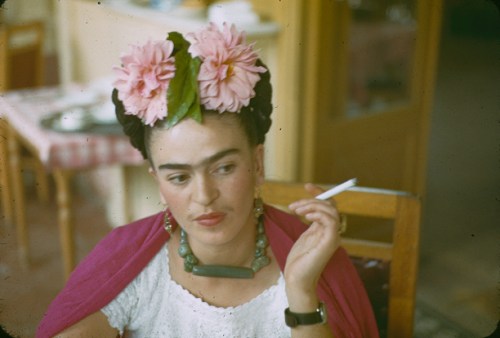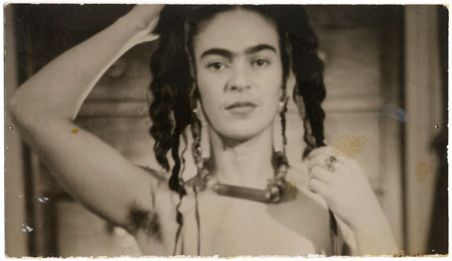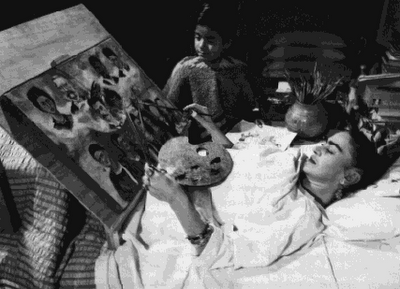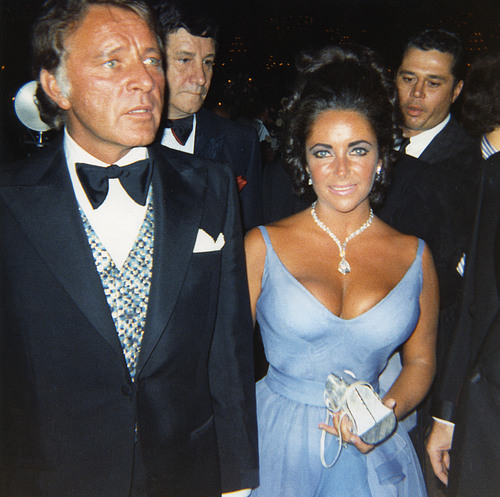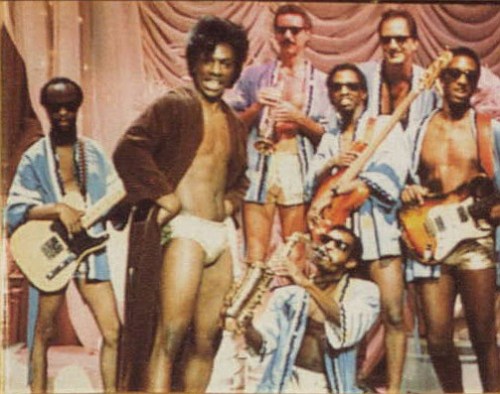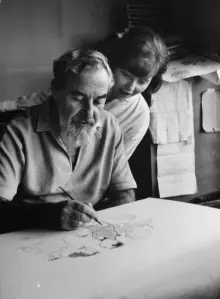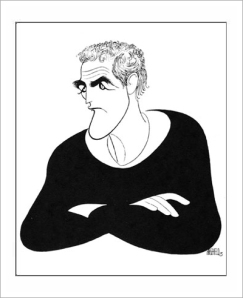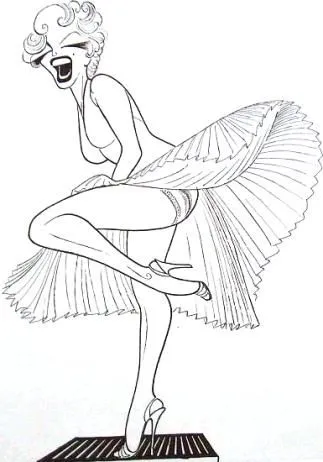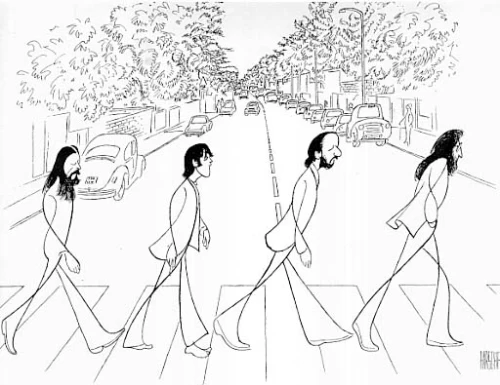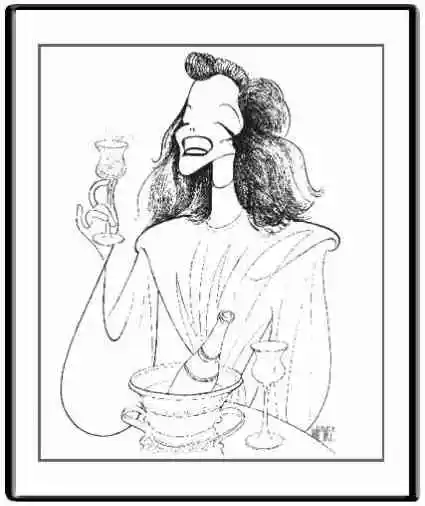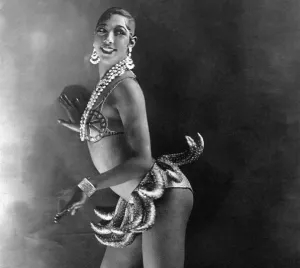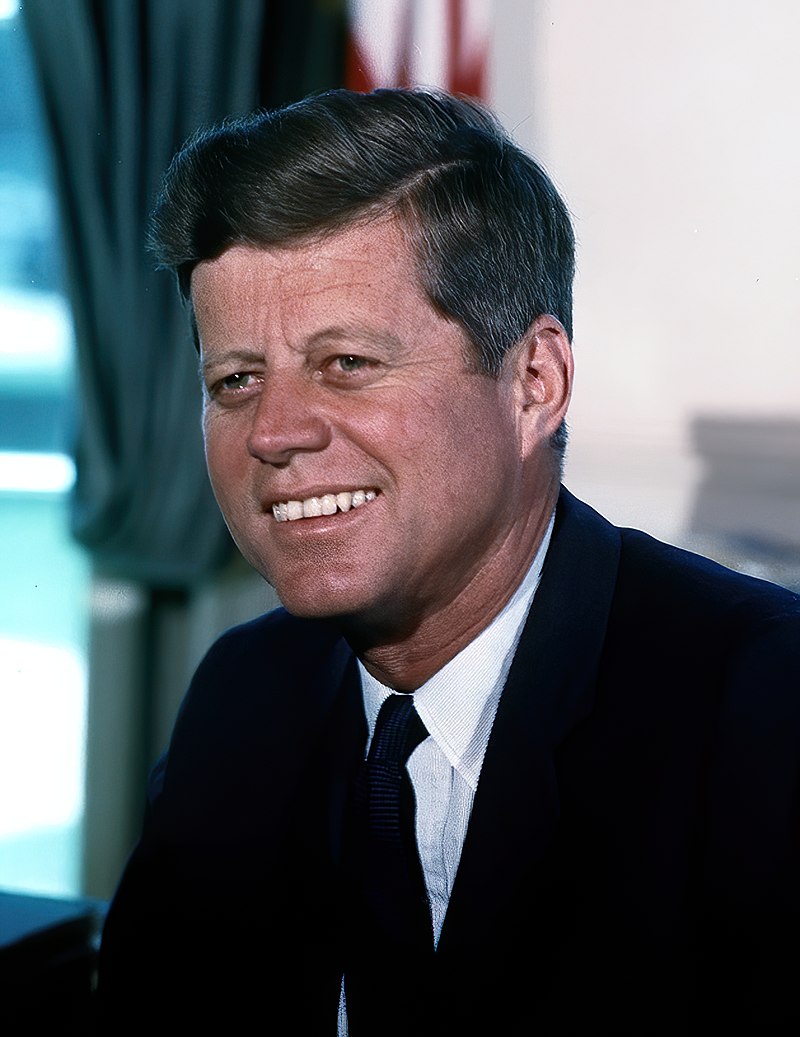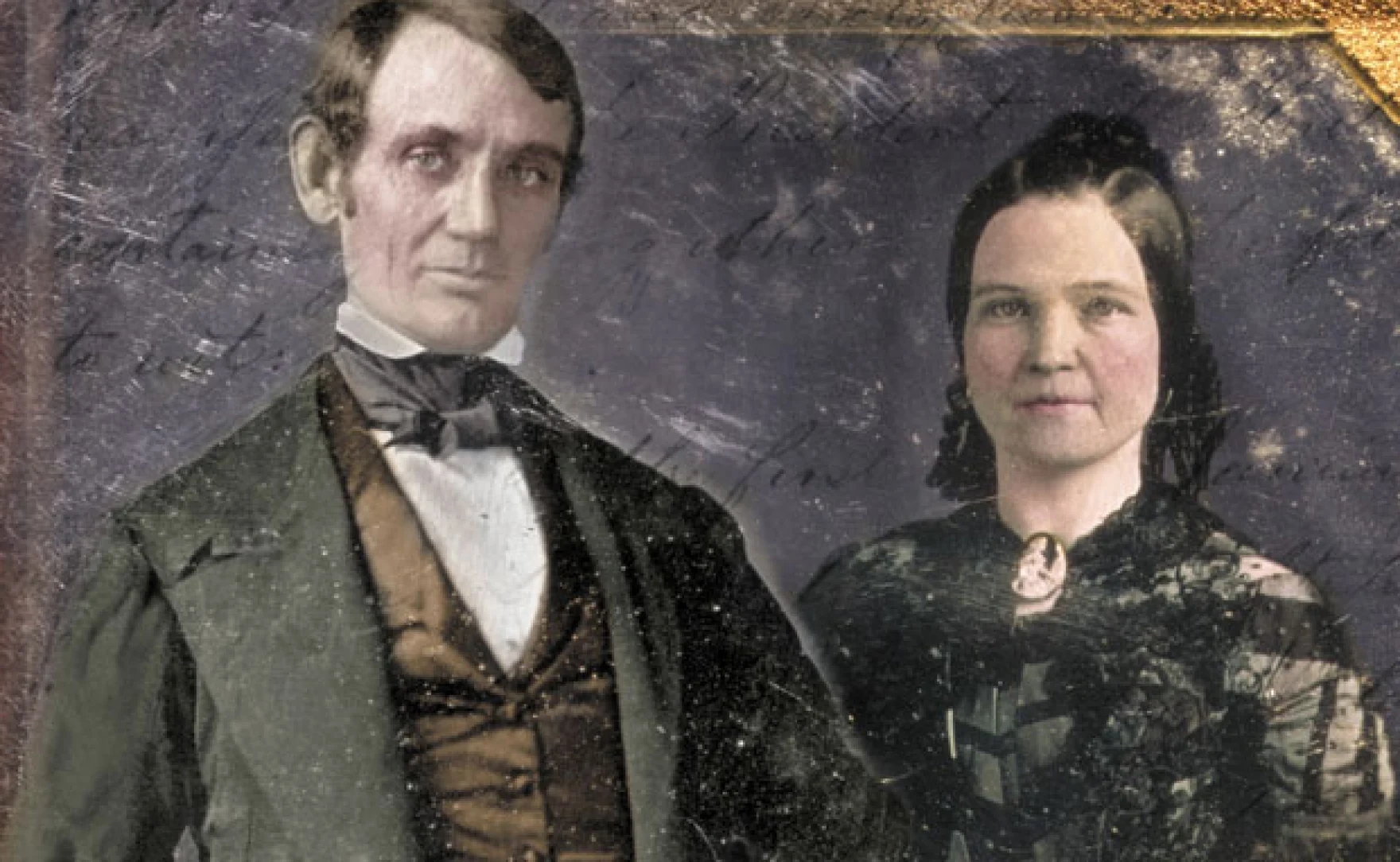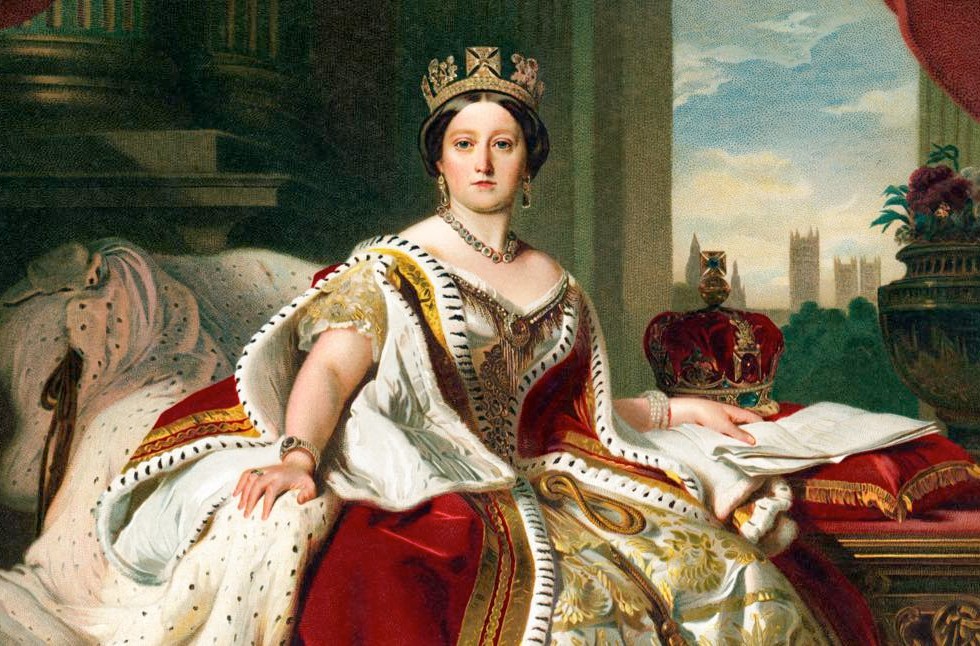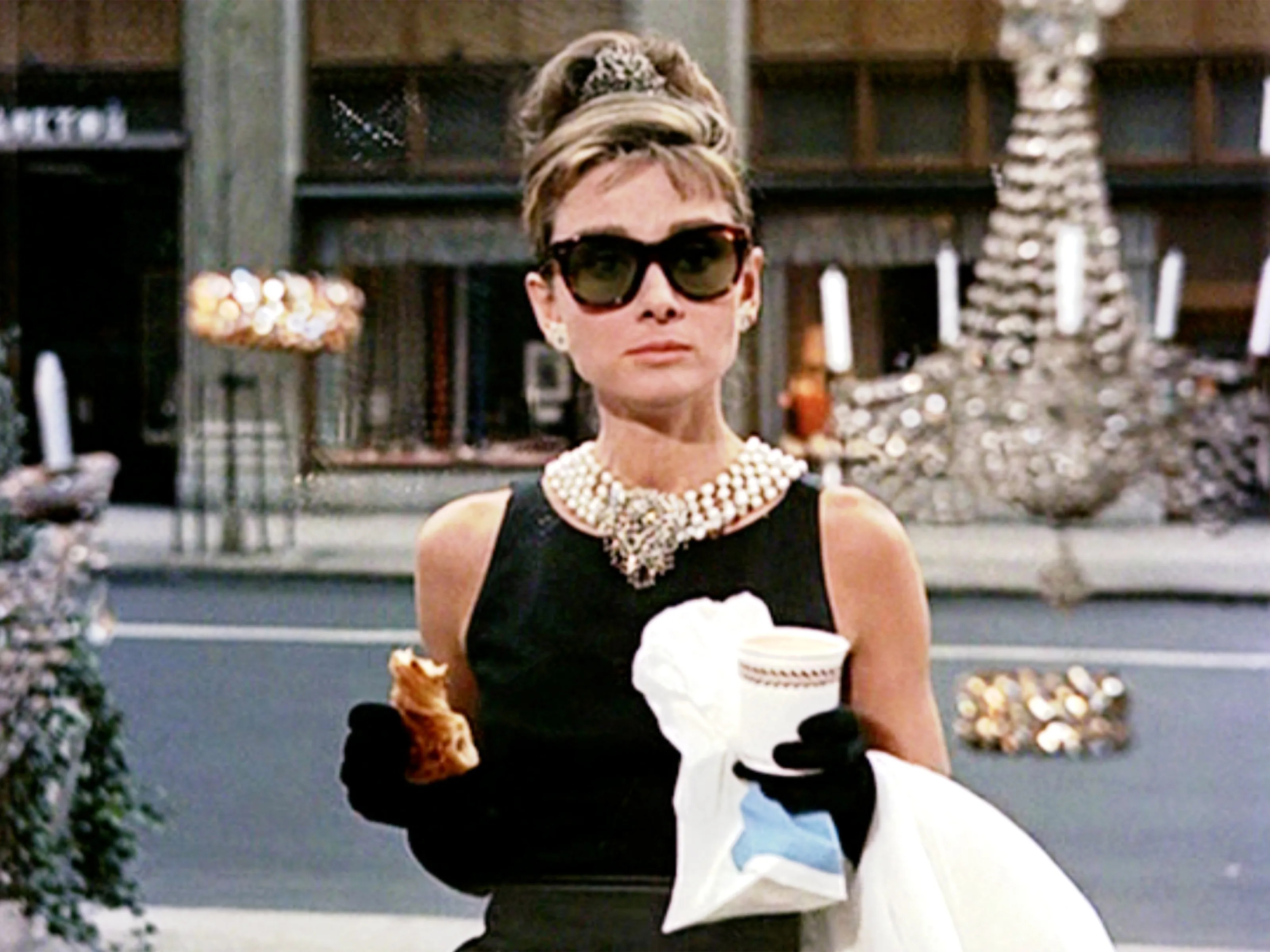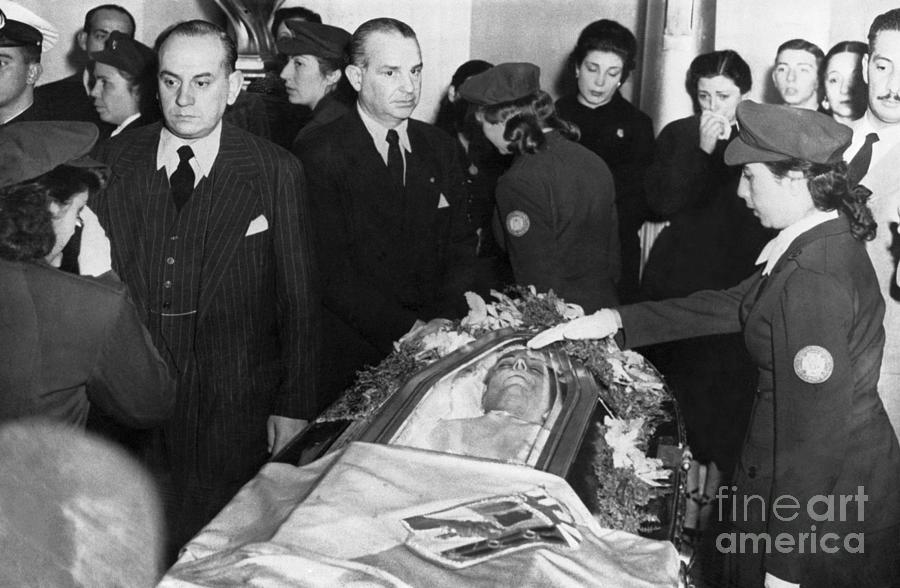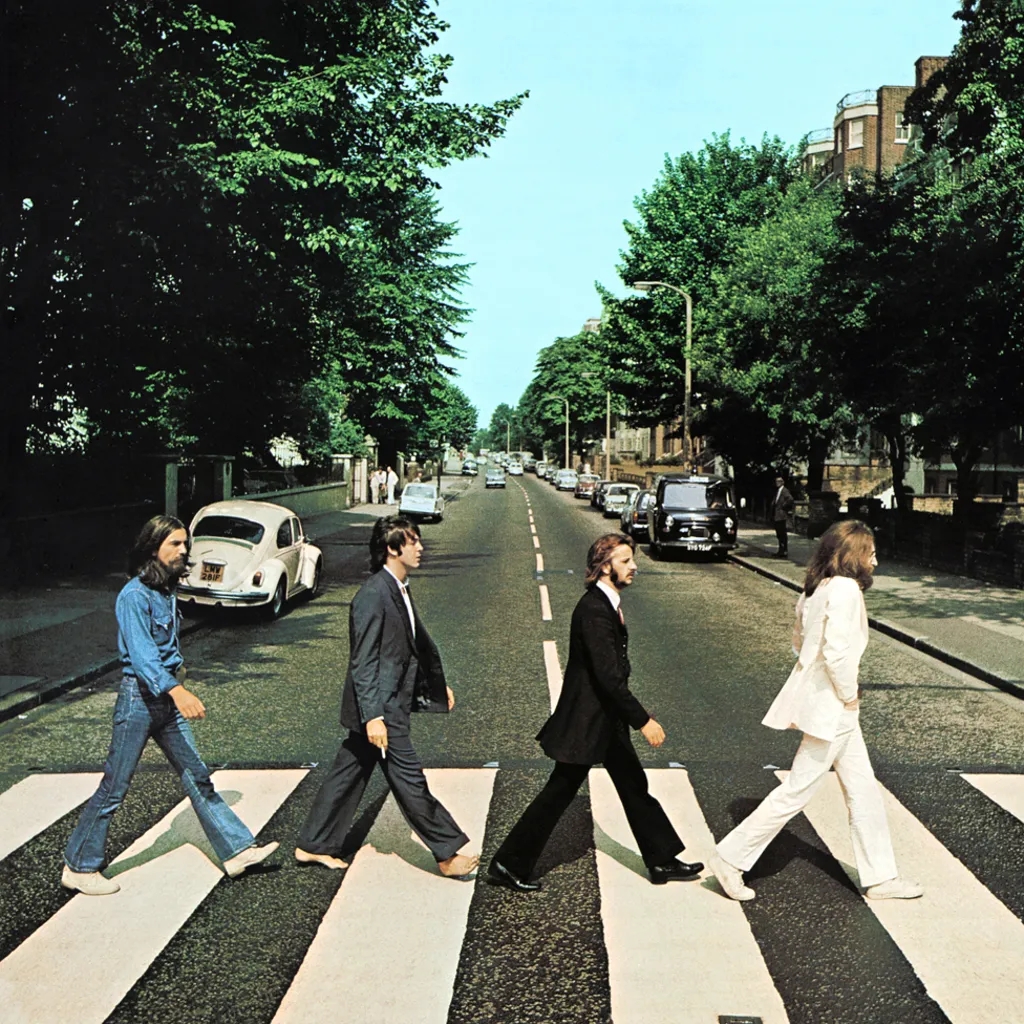Posted Dec 28th 2009 2:07AM by TMZ Staff
TMZ has obtained a never-before published photograph which appears to show John F. Kennedy on a boat filled with naked women — it’s a photo that could have altered world events.
We believe the photo was taken in the mid-1950s. It shows two naked women jumping off the boat and two more naked women sunning on the top deck. Just below the top deck — a man appearing to be John F. Kennedy is lying on a deck, sunning himself.

a never-before published photograph that appears to show John F. Kennedy on a boat filled with nude women (TMZ)
TMZ had multiple experts examine the photo — all say there is no evidence the picture was Photoshopped. The original print — which is creased — was scanned and examined for evidence of inconsistent lighting, photo composition and other forms of manipulation. The experts all concluded the photo appears authentic.
Professor Jeff Sedlik, a forensic photo expert, says the print appears to be authentic. Sedlik says the photo is printed on paper consistent with what was used in the 1950s. The emulsion on the surface of the print has numerous cracks — the result of aging and handling.
There are numerous articles and books on President John F. Kennedy which mention a 2-week, Mediterranean boating trip that JFK — then a Senator — took in August, 1956, with his brother Ted Kennedy and Senator George Smathers. The trio reportedly entertained a number of women on the yacht. Jackie Kennedy was pregnant at the time and was rushed to the hospital while JFK was on the boat. Doctors performed an emergency C-section, but the infant was stillborn.
Forensic analyst Sedlik superimposed an image of Kennedy taken at the Democratic National Convention in August 1956, just days before Kennedy went on the Mediterranean cruise. Sedlik says the features from the two pics almost precisely sync up. TMZ has also had two Kennedy biographers examine the photo — they also believe JFK is in the picture.
The photo was eventually given to a man who owned a car dealership on the East coast. The man kept it in a drawer for years, and would brag to friends he had an image of JFK on a boat with naked women. The man died 10 years ago and one of his sons inherited the photo.
Had the photo surfaced when John F. Kennedy ran for President in 1960, it could have torpedoed his run, and changed world history.
To see a high resolution image, visit http://www.tmz.com


